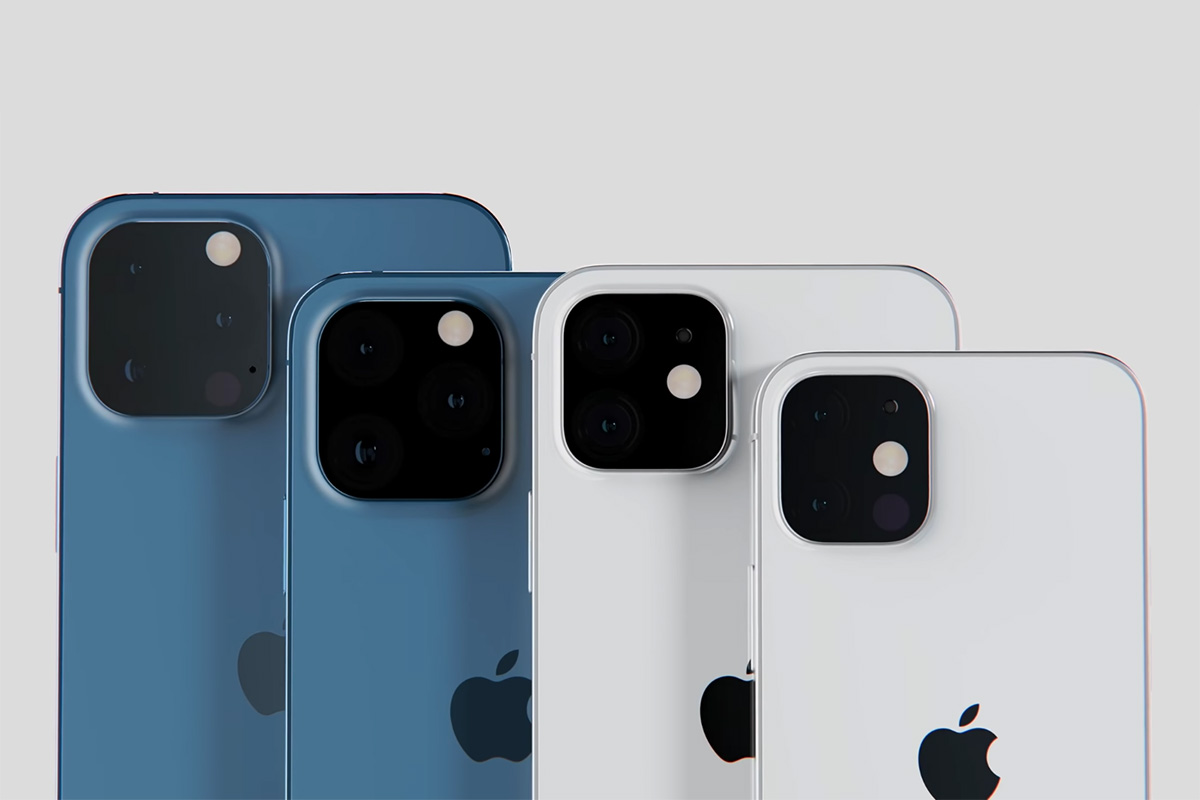The iPhone 13 range is expected in September, and based on the rumors so far it might not be massively different to the iPhone 12 range, but we are expecting some changes, including at least one significant screen upgrade for some models.
And it’s the screen that we’re focusing on here. Below, you’ll find every iPhone 13 screen rumor so far, along with a look at how likely each is, and the big important question of whether Apple will finally make a phone with a 120Hz refresh rate screen.
So if you’re all about the visuals, read on, and see whether the iPhone 13 or one of its siblings is likely to be your next phone.
Rapid refresh rates

By far the screen rumor we’ve heard most about the iPhone 13 is that it (or at least some models in the range) might have a 120Hz refresh rate. This would be a big upgrade and is arguably one of the most exciting things we’ve heard about any aspect of the iPhone 13 range, since it should make interactions feel smoother. But will it happen?
It’s too early to say for sure, but at the moment it’s looking very likely, as numerous sources have said as much numerous times. We first heard of the possibility back in October, and no sources so far have specifically suggested that there won’t be 120Hz refresh rates.
Better yet, Apple is thought to be equipping the phones with LTPO (low-temperature polycrystalline oxide) displays, which allow for a variable refresh rate, so they can automatically switch to a lower refresh rate when 120Hz wouldn’t be beneficial, saving battery life in the process.
That said, the consensus so far seems to be that only the iPhone 13 Pro and iPhone 13 Pro Max will have 120Hz displays, so if you want this feature you might have to spend big.
It’s possible that the iPhone 13 range will even achieve refresh rates higher than 120Hz, as an Apple patent talks about refresh rates of up to 240Hz, but we’d be surprised if we see a jump this high.
And while we’re fairly confident that at least the Pro models will have a 120Hz refresh rate, we also wouldn’t be surprised if they don’t, especially as this feature was originally rumored for the iPhone 12 range, but didn’t happen.
An always-on display

One other handy feature that we might see on the iPhone 13 range is an always-on display. This is something that many Android phones have offered for years, and it would allow you to see basic information like the time, date, and if you have any notifications, without fully turning the screen on.
Instead, those details would remain visible at all times, but likely just in black and white, with the bulk of the screen’s pixels not lit up, so as to use minimal battery.
However, while this feature has been rumored, it’s not something that we’ve heard often or from many sources, so we’re not at all sure that it will make it to the iPhone 13 range. Then again, it’s a desirable feature, and probably not too tricky to implement, so there’s a fair chance.
If the range does get an always-on display, then we’d think it would probably be offered by every iPhone 13 model – and potentially even some older iPhones through a software update.
The same sizes

What we probably won’t see going by current leaks is any change to the screen sizes or resolutions for the iPhone 13 range. In other words then we’ll probably get a 5.4-inch 1080 x 2340 iPhone 13 mini, a 6.1-inch 1170 x 2532 iPhone 13 and iPhone 13 Pro, and a 6.7-inch 1284 x 2778 iPhone 13 Pro Max.
But we’ve heard talk of the sizes more than the resolution, so while there aren’t any conflicting reports, it’s possible that the resolutions may change. We doubt it though.
A modest upgrade
All in all then, the iPhone 13 range probably won’t be a huge upgrade on the screen front. Really, there are only two rumored improvements – a higher refresh rate and an always-on display, and the former will probably only be present on the top two models, while the latter is far from certain to be happening at all.
So if you want the best iPhone screen possible then more so than in most years it’s likely to be worth buying the Pro or Pro Max. But if you’re not fussed about refresh rates then there might not be much to see on any of them when it comes to the screen.
